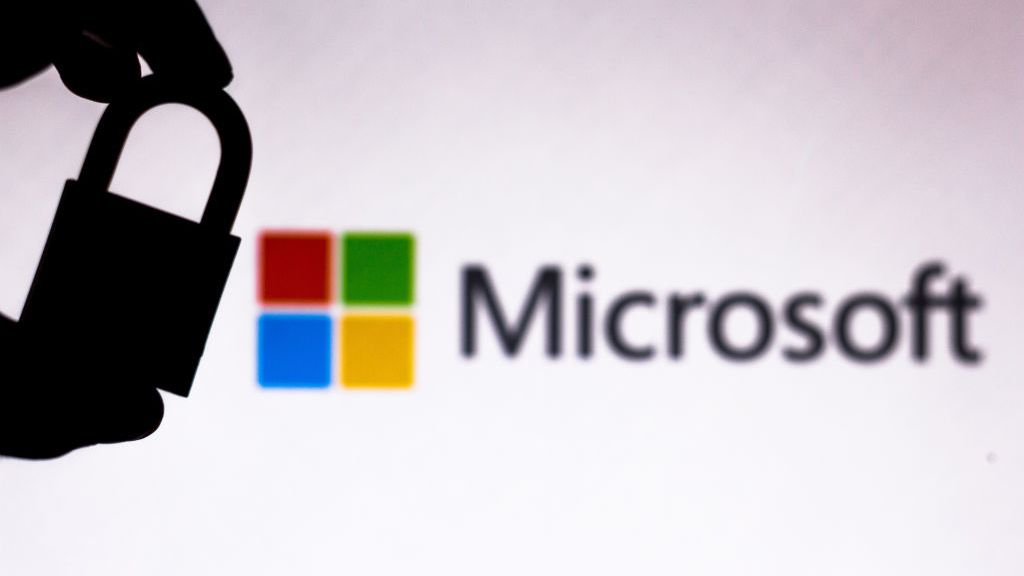Spam falls after giant botnet takedowns
Spam has fallen in recent months, largely thanks to some good work from law enforcement agencies.


Spam volumes fell in the third quarter thanks to some massive botnets being shut down, but the problem remains severe.
Both Symantec and Kaspersky have noted the spam decline, with the former finding October volumes went down 47 per cent when compared to August.
Kaspersky figures showed a decline in the third quarter when compared to the previous period, with the level of spam out of all detected messages recorded at 82.3 per cent, down from 84.4 per cent.
A number of significant takedowns contributed to spam level attenuation, including the closure of over 20 control centers used by the Pushdo/Cutwail botnet, which was responsible for approximately 10 per cent of all global spam.
Last month also saw law enforcement take out a number of servers helping run the Bredolab botnet, which was thought to have infected around 30 million computers.
The winding down of Spammit, a partner programme responsible for significant amounts of pharmaceutical spam, helped cut volumes as well.
However, security experts have warned spam is not going away any time soon.
Get the ITPro daily newsletter
Sign up today and you will receive a free copy of our Future Focus 2025 report - the leading guidance on AI, cybersecurity and other IT challenges as per 700+ senior executives
"The closure of one partner programme - even a major one - will only result in a temporary decrease in the amount of advertisements for Viagra in our inboxes; the spammers aren't about to abandon such a lucrative business," said Darya Gudkova, head of content analysis and research at Kaspersky Lab.
"More likely than not, the organisers of the partner programme will simply open a new programme that will, for a while, remain under the radar of the anti-spam vendors and law enforcement agencies."
In other worrying results, at the start of the third quarter, Kaspersky found the percentage of malicious attachments in email traffic surpassed 6.3 per cent the highest figure ever.
"The increase in the volume and quality of mass malicious mailings confirms that spammers and cyber criminals have started acting in unison to create complex infection strategies, which include connecting a victim computer to a botnet, sending out spam, stealing personal information and so on," Gudkova added.
Symantec also warned phishing attacks spiked in October, with the likes of Facebook and other social media a serious target.
The number of phishing sites on social networks shot up by around 80 per cent compared to the previous month.
Tom Brewster is currently an associate editor at Forbes and an award-winning journalist who covers cyber security, surveillance, and privacy. Starting his career at ITPro as a staff writer and working up to a senior staff writer role, Tom has been covering the tech industry for more than ten years and is considered one of the leading journalists in his specialism.
He is a proud alum of the University of Sheffield where he secured an undergraduate degree in English Literature before undertaking a certification from General Assembly in web development.
-
 The Race Is On for Higher Ed to Adapt: Equity in Hyflex Learning
The Race Is On for Higher Ed to Adapt: Equity in Hyflex LearningBy ITPro
-
 Google faces 'first of its kind' class action for search ads overcharging in UK
Google faces 'first of its kind' class action for search ads overcharging in UKNews Google faces a "first of its kind" £5 billion lawsuit in the UK over accusations it has a monopoly in digital advertising that allows it to overcharge customers.
By Nicole Kobie
-
 Seized database helps Europol snare botnet customers in ‘Operation Endgame’ follow-up sting
Seized database helps Europol snare botnet customers in ‘Operation Endgame’ follow-up stingNews Europol has detained several people believed to be involved in a botnet operation as part of a follow-up to a major takedown last year.
By Emma Woollacott
-
 Horabot campaign targeted businesses for more than two years before finally being discovered
Horabot campaign targeted businesses for more than two years before finally being discoveredNews The newly-discovered Horabot botnet has attacked companies in the accounting, investment, and construction sectors in particular
By Ross Kelly
-
 Brand-new Emotet campaign socially engineers its way from detection
Brand-new Emotet campaign socially engineers its way from detectionNews This latest resurgence follows a three-month hiatus and tricks users into re-enabling dangerous VBA macros
By Ross Kelly
-
 Microsoft says “it’s just too difficult” to effectively disrupt ransomware
Microsoft says “it’s just too difficult” to effectively disrupt ransomwareNews The company details its new approach to combatting cyber crime as the underground industry drains $6 trillion from the global economy
By Connor Jones
-
 Beating the bad bots: Six ways to identify and block spam traffic
Beating the bad bots: Six ways to identify and block spam trafficIn-depth Not all traffic is good. Learn how to prevent bad bots from overrunning your website
By Sead Fadilpašić
-
 Ukraine's vigilante IT army now has a DDoS bot to automate attacks against Russia
Ukraine's vigilante IT army now has a DDoS bot to automate attacks against RussiaNews The 270,000-strong IT Army of Ukraine will now combine supporters' cloud infrastructure to strengthen the daily attacks against their invaders
By Connor Jones
-
 Microsoft's secure VBA macro rules already being bypassed by hackers
Microsoft's secure VBA macro rules already being bypassed by hackersNews Recent analysis of Emotet activity has revealed a shift away from malicious Office documents to drop malware
By Connor Jones
-
 Emotet infrastructure has almost doubled since resurgence was confirmed
Emotet infrastructure has almost doubled since resurgence was confirmedNews Researchers confirm the infrastructure has also been upgraded for a "better secured", more resilient operation
By Connor Jones